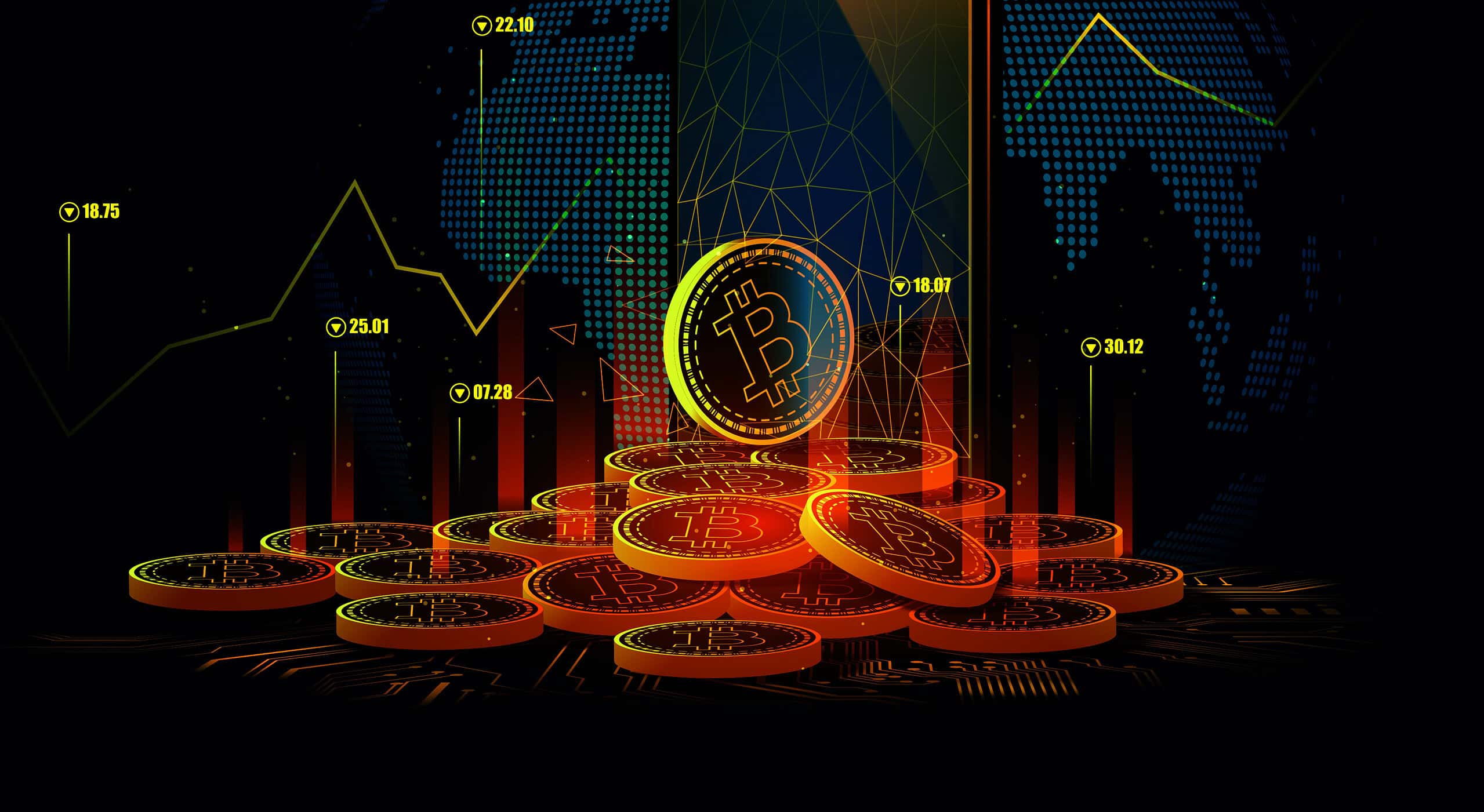Exploring the Role of copyright Mining in Distributed Finance (DeFi)
Exploring the Role of copyright Mining in Distributed Finance (DeFi)
Blog Article
Navigating the Globe of Digital Money: Patterns, Insights, and Opportunities
In a rapidly developing economic landscape, the digital currency world becomes an appealing yet complicated area. It forms brand-new monetary patterns, from decentralized finance applications to non-fungible symbols, while presenting one-of-a-kind possibilities and difficulties. As mainstream approval of cryptocurrencies boosts, so does regulatory scrutiny and market volatility. Navigating this dynamic atmosphere calls for an informative understanding and tactical strategy. Unboxed additionally, these aspects expose a compelling narrative of the electronic money globe.
Recognizing the Fundamental Ideas of Digital Money
A significant bulk of individuals are still grappling with the fundamental concepts of electronic money. This ingenious form of financial deal represents a standard change from traditional, tangible currency to abstract, digital kinds. Digital currency, frequently described copyright due to the cryptographic modern technology used for security, is decentralized, implying it is not regulated by any central authority like a government or monetary organization.
The most usual kind of electronic currency is Bitcoin, a pioneer in the area, but thousands of options, called altcoins, exist. Each digital currency runs on a technology called blockchain, a dispersed journal implemented by a network of computers called nodes. These digital currencies can be mined, gotten, marketed, or traded, usually via digital currency exchanges. Despite its intricacies, comprehending the standard principles of digital money is essential in today's electronic age, where modern technology is quickly altering the financial landscape.

The Advancement and Growth of Cryptocurrencies
Since the development of Bitcoin in 2009, the landscape of digital money has actually progressed and expanded tremendously. Bitcoin, the first-ever decentralized copyright, led the way for a brand-new financial globe, without typical financial systems. Its beginning set off the development of countless cryptocurrencies, collectively understood as altcoins. Ethereum, Surge, and Litecoin are amongst the pioneers that adhered to Bitcoin's footprints, each offering unique features and protocols.
The development of cryptocurrencies is additionally observed in their enhancing market cap, which went beyond 2 trillion bucks in 2021. This growth is driven by rising approval by traditional investors and companies, acknowledging the possibility of electronic money in replacing conventional money. Technical improvements have actually made digital purchases much faster, much more protected, and a lot more effective, improving copyright adoption.

Current Trends Shaping the Digital Currency Landscape
While the digital currency landscape remains to advance, a number of current fads are forming its trajectory. Decentralization is one such fad, with decentralized money (DeFi) applications providing options to traditional financial and economic systems.

An additional considerable fad is the boosting regulatory scrutiny. Federal governments around the world are paying closer focus to digital currencies, causing more regulatory frameworks targeted at guaranteeing transparency and mitigating threats.
Ultimately, the assimilation of electronic currencies into everyday life is a key fad. More services currently accept digital money as settlement, and blockchain innovation is being incorporated into numerous markets, from healthcare to supply chain monitoring. These fads demonstrate the vibrant nature of the digital money landscape, suggesting its prospective to revolutionize various facets of our lives.
Possible Opportunities in the Digital Money Market
What might the future hold for the electronic money market? The possible possibilities are vast and varied. First, as digital currencies come to be more mainstream, they present an opportunity for capitalists. With their high volatility, digital currencies can produce high returns, although they likewise lug substantial dangers.
2nd, digital money might transform the means businesses operate. They might remove the need for middlemans in financial transactions, reducing costs and boosting performance. As an example, organizations can utilize blockchain, the innovation behind lots of electronic currencies, to track supply chains or authenticate items.
Third, electronic money might broaden monetary addition. In creating nations, where numerous people lack access to conventional financial, electronic currencies could provide a means to store value and make deals.
Lastly, regulators and federal governments could utilize electronic money to boost financial stability, fight criminal offense, and safeguard consumers. For instance, a main bank digital currency can use the advantages of digital money while preserving the stability of typical money.
# Verdict
As the digital currency landscape proceeds to evolve, it uses amazing fads and opportunities, significantly in decentralized financing and non-fungible symbols. Nonetheless, it also presents substantial difficulties such as regulatory examination and market volatility. It is important for businesses and investors to recognize the fundamental concepts, track present trends and acknowledge prospective risks to navigate this vibrant market efficiently.
These digital currencies can be mined, gotten, marketed, or traded, often with digital currency exchanges. Regardless of its intricacies, understanding the basic concepts of electronic money is essential in today's digital age, where next page technology is quickly transforming the monetary landscape.
Current Fads Forming the Digital Money Landscape. copyright mining.
These patterns demonstrate the vibrant nature of the digital currency landscape, suggesting its possible to revolutionize different aspects of our lives.
As the electronic currency landscape continues to evolve, it supplies amazing fads and chances, especially in decentralized money and non-fungible tokens.
Report this page